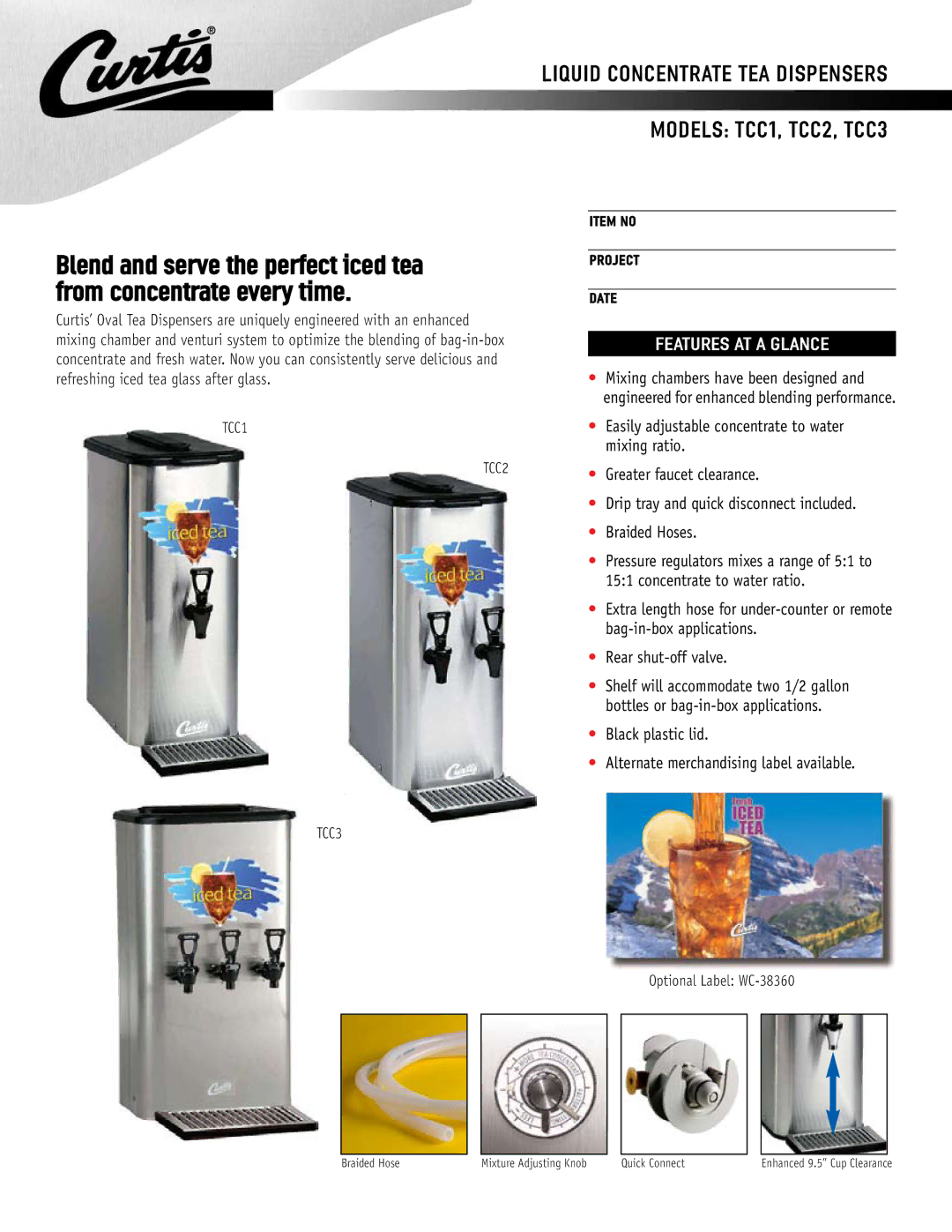TCC2, TCC1, TCC3 specifications
The Curtis TCC1, TCC2, and TCC3 are advanced motor controller systems designed to enhance the performance and efficiency of electric vehicles and other electric-powered applications. These controllers have been specifically developed to deliver superior performance, reliability, and flexibility in various use cases.The Curtis TCC1 is known for its robust capabilities, featuring a high-performance microcontroller that ensures precise motor control. It supports a wide range of operating voltages, making it versatile for different types of electric motors. One of its main features is regenerative braking, allowing the system to recover energy during braking and improving overall energy efficiency. The TCC1 is designed with user-friendly programming options, enabling users to easily customize operational parameters according to their needs.
Moving to the TCC2, this model takes performance to the next level by incorporating advanced communication protocols such as CAN bus and RS-232. This allows for better integration with other vehicle systems and improved data logging capabilities. The TCC2 features enhanced thermal management, ensuring that the controller remains operational under high load conditions. Its compact design makes it a perfect fit for space-constrained applications, particularly in electric vehicles where weight and size are critical factors.
Lastly, the TCC3 builds upon the foundation of its predecessors but introduces even more advanced features. It offers multi-channel outputs for controlling multiple motors simultaneously, which is essential for more complex vehicle systems. The TCC3 supports a variety of communication interfaces, enhancing its interoperability with other control systems. Additionally, it includes sophisticated fault detection mechanisms, allowing for real-time monitoring and diagnostics, which enhances safety and reliability.
All three models, TCC1, TCC2, and TCC3, utilize state-of-the-art power electronics and software algorithms to optimize motor performance. They are equipped with integrated protection features against over-voltage, over-current, and overheating, ensuring a longer lifespan and reduced maintenance. With a focus on energy efficiency and user adaptability, the Curtis TCC series stands out as a premier choice for manufacturers and engineers looking to harness the power of electric propulsion in their designs. In conclusion, the TCC1, TCC2, and TCC3 controllers are pivotal in advancing electric vehicle technology, providing high functionality, and setting standards for the industry.

